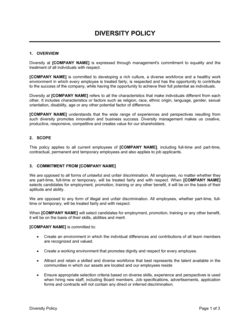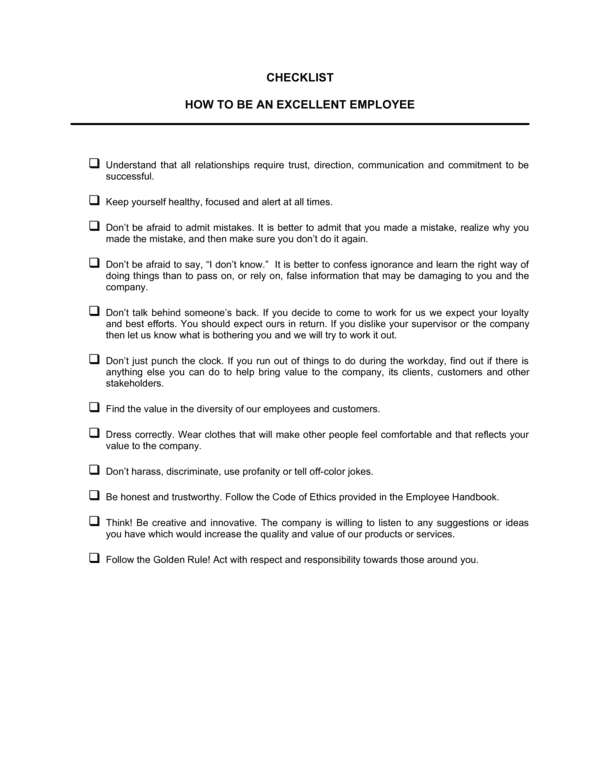Congratulations on even having an Employee Handbook! Many small businesses try to go without, which ends up being a mistake.
- Business In A Box Employee Handbook Template
- Black Business In A Box
- Small Business Employee Handbook Free

Employee handbooks are an excellent resource for communicating company guidelines, expectations, procedures, and benefits. This article provides a list of “must-have” policies for your employee handbook. This section of your small business employee handbook breaks down various terms of employment, such as paid time off, sick leave, overtime eligibility, and so forth. If there’s a difference in these structures based on employee tenure, be sure to include that information as well. The employee handbook (and the newer, cooler “culture code”) is a great tool for employees, new and existing, to learn the company’s mission, values and norms. The handbook lays out expectations about everything from the dress code to employee benefits to conduct policy. Rollout of Employee Handbook and/or Business Code of Conduct Introducing a new Employee Handbook or Business Code of Conduct can be daunting for employers. We can introduce these materials to the management team and facilitate the explanation of new policies to ensure their acceptance.

A current and labor law compliant Employee Handbook is an asset. It welcomes new employees, answers commonly asked questions and establishes standards for consistency and accountability; it proves what the employee should have known when you must correct their actions or are forced to terminate. It also minimizes risk in key areas such as harassment claims and wage and hour law compliance.


Business In A Box Employee Handbook Template
Make sure your handbook is current! There were at least 3 labor law and best practice changes in 2012 alone that created a need for existing handbook updates; ADA amendments; FLSA Safe Harbor and NLRB Social Media/Blogging guidelines.
Black Business In A Box
But it is not good enough just to have one. Any kind of employee management document or tool is only as good as how it is used. Once you have an Employee Handbook ready to go, follow these steps to maximize effectiveness:
- Plan for distribution. Will you take the Handbook to a printer and have a bound copy created for each employee? That works great in a small office but can get expensive the more employees you have. How about printing a single copy for each employee to reference in their primary office location and saving a copy of the PDF version of the handbook to disc? Better yet, is there a shared drive or an intranet it can be saved to? This way you only have to print the Acknowledgement page, typically the last page of the handbook, for each employee to sign.
- Execute a company wide roll out. This can include a single event or mini group meeting, perhaps by department or team. Make the roll out sessions as positive as possible. Sell employees on why the company needs the Handbook and why it is of benefit to them. Establish a script or checklist to follow ahead of time. Identify 5-7 key policies or areas of concern to review with the group; cover zero tolerance in your Anti-Harassment policy and how to report a potential violation.
- Collect signed Handbook Acknowledgements. This document alone is what makes the Handbook a true company asset. If you want to be in a position to effectively defend the counseling, disciplinary action or termination of an employee, you need look no further than their signed Handbook Acknowledgment. It proves what they “should have known” they were being held accountable for. During roll out instruct employees to sign the Acknowledgement and return it to their supervisor or other authorized representative of the company within 2-3 business days. Keep track and make sure all are returned and placed safely in each applicable employee file.
- Incorporate Employee Handbook review into your new hire process. Even companies with a loose new hire training process sets aside time for employees to complete payroll paperwork; form I9 and tax forms. Use that time to review the Employee Handbook briefly with them. You can even follow the script of key points you used for the roll out meetings.
- When updating an Employee Handbook, notify employees properly. This usually entails re-issuing the entire handbook (painful)to every single employee and collecting new Acknowledgements. Or, you can post and distribute a company wide memo that advises of the key changes, where to locate the latest employee handbook, and requires a signature per employees. Remember, anything signed by an employee that can be used to prove what they should have known needs to make its way into the employee file.

Small Business Employee Handbook Free
You have invested time and money into creating an Employee Handbook. It is the backbone of all the employee systems and processes you have in place or will create. Don’t delay your return on investment. Now is the time to put it to effective use.